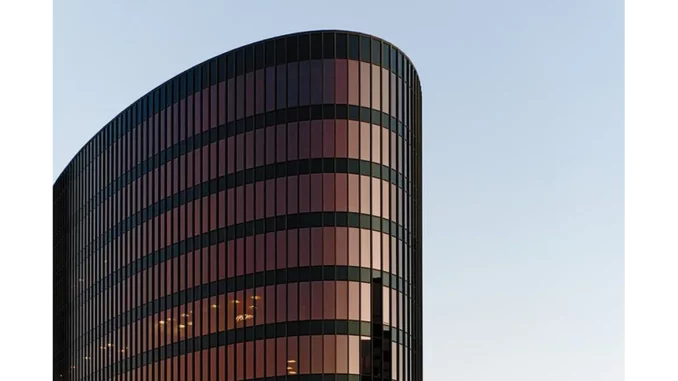
When I sat down with Michael Turner, a seasoned architect with over 20 years of experience in sustainable design, I expected to learn a lot about green building certifications. What I did not anticipate was how passionately he would speak about the complementary role of Greenpass Certification in enhancing existing frameworks such as BREEAM, LEED, DGNB/ÖGNI, and klima:aktiv.
Focus360 Energy: property compliance services – pre-planning to post-construction. Learn more.
Michael has been involved in numerous green building projects across Europe and North America, and his insights shed light on the evolving landscape of sustainable architecture. “Integrating Greenpass Certification into our projects has been a game-changer,” he began, his eyes lighting up with enthusiasm. “It fills in the gaps that other certifications sometimes miss, offering a more holistic approach to sustainability.”
We delved into the specifics, and Michael was keen to highlight how Greenpass Certification aligns with and elevates traditional green building standards.
The Perfect Complement
“Many people think that once you have a BREEAM or LEED certification, you’re done,” Michael explained. “But Greenpass goes a step further by focusing on aspects that are often overlooked. It assesses the environmental performance of outdoor spaces, considering factors such as microclimate, water management, and biodiversity.”
Michael’s firm recently completed a project in Vienna that received both LEED Platinum and Greenpass Certification. He described the process as seamless and mutually reinforcing. “The Greenpass assessment gave us insights that we wouldn’t have picked up on otherwise. For instance, we were able to optimise the layout of outdoor spaces to reduce urban heat island effects significantly.”
Holistic Sustainability
One of the standout features of Greenpass Certification is its emphasis on the interconnectedness of various environmental factors. “Traditional certifications tend to compartmentalise sustainability,” Michael noted. “Greenpass, on the other hand, encourages a more integrated approach. It pushes us to think about how different elements interact with each other.”
He gave an example from a recent project in London, where the integration of Greenpass led to the creation of a rain garden that not only managed stormwater effectively but also enhanced the local biodiversity. “We were able to create a space that serves multiple functions, which is the essence of true sustainability.”
Client Education and Engagement
Another area where Greenpass Certification shines is in client education. “One of the challenges we face is helping clients understand the long-term benefits of sustainable design,” Michael said. “Greenpass provides clear, quantifiable metrics that make it easier to demonstrate value.”
He recounted a project with a corporate client who was initially sceptical about the additional investment required for Greenpass. “Once we showed them the potential savings in energy and water costs, as well as the benefits to employee wellbeing, they were sold. It also helped that Greenpass certification is increasingly recognised by investors and stakeholders.”
A Forward-Looking Approach
As our conversation progressed, it became clear that Michael sees Greenpass Certification as a vital tool for the future. “The world of sustainable architecture is always evolving,” he remarked. “Certifications like BREEAM and LEED have laid a solid foundation, but it’s crucial to keep innovating. Greenpass pushes us to look beyond the building itself and consider the broader environmental impact.”
He believes that this forward-looking approach is particularly important in the face of climate change. “We need to be proactive, not just reactive. Greenpass helps us design buildings and spaces that are resilient and adaptable to future challenges.”
The Recommendation for Greenpass Certification
When asked if he would recommend Greenpass Certification to other professionals in the field, Michael’s response was unequivocal. “Absolutely. It’s not just about ticking boxes; it’s about creating spaces that are truly sustainable and liveable. Greenpass has become an integral part of our toolkit, and I believe it should be for anyone serious about sustainable design.”
As we wrapped up our discussion, I couldn’t help but feel inspired by Michael’s commitment to sustainability and his forward-thinking approach. His experience underscores the importance of continually seeking out new tools and certifications that complement and enhance existing standards.
In a world where sustainability is no longer optional but essential, Greenpass Certification offers a promising pathway to more holistic and impactful green building practices. For architects, developers, and clients alike, it represents an opportunity to build not just for today, but for the future.
Tobiasz Karcz


Be the first to comment